6 Lessons Learned From the 2021 Growing Season
BY DAIRYLAND SEED AGRONOMY TEAM
Every growing season provides an opportunity to learn new things. Looking ahead to the 2022 growing season, the Dairyland Seed agronomy team shared six lessons they learned this year and will apply to next year.
Early Planting and Lower Populations
Across most of the Midwest last year, a mild fall and winter led to a dry spring. This allowed growers to get into the fields for fieldwork and get seed planted earlier than normal. Dan Ritter, Dairyland Seed Central Regional Agronomist, noted that many growers were able to plant soybeans at the end of March in his area. Growers in his area were also interested in reducing soybean planting populations this year, and some have seen encouraging yields as a result. Ritter encouraged growers to work with their local agronomists to do what's right for their farm.
Seed Treatments and Soil Moisture
It's great to get seed planted early, but Dairyland Seed Eastern Regional Agronomist Amanda Goffnett stressed that it is important to plant into soils with adequate moisture to activate seed treatments. She explained that pest pressures were higher in certain areas this year because, once the seed was planted, it sat dormant in dry ground for three to four weeks and the seed treatment lost some efficacy by emergence.
Tar Spot, Hybrids and Wind
Every Dairyland Seed agronomist agreed that tar spot hit crops hard this year. Goffnett pointed out the areas most affected were where tar spot moved in around tasseling. They also saw evidence that tar spot is moving from plant-to-plant by wind.
Mark Gibson, Dairyland Seed Eastern Regional Agronomist, noted that Dairyland Seed hybrids appeared to tolerate the disease very well. Goffnett added that new tools are available to help make management decisions related to tar spot, such as the University of Wisconsin's app Tarspotter.
Acknowledge Your Geography
Branden Furseth, Dairyland Seed's Northern Regional Agronomist, said some management ideas are great in theory, but he cautioned that growers should also acknowledge their geography and understand what they can and can't do. For example, he explained that early planting soybeans is a great idea, but it doesn't work as well for northern areas.
“If you are farther north, you need to acknowledge that you're not in central Illinois and there are certain things you can't get away with,” Furseth explained.
Spread Your Risk
Each growing season is unique and growers never know what cards they will be dealt. Because of this variance, Furseth said growers should “hedge their bets” and spread their risk around their acres to try and capitalize on those opportunities and minimize risks.
Similarly, Goffnett noted that many growers wanted to change seed to a later maturity for next year because they had adequate heat units this year. Although it may be tempting, she cautioned that growers shouldn't change up their entire plan based on one year of good weather. This article explains what growers should consider when making those decisions and how they can minimize their risk.
Good Fertility, Good Agronomics
Brian Weller, Dairyland Seed Western Regional Agronomist, said his region experienced a very hot and dry summer, with many growers only receiving between five to 10 inches of rain this summer. However, he explained that the growers who invested in good fertility programs faired significantly better than those who didn't.
“If you couple good fertility with timely moisture and good agronomics, then you have the formula for good yields,” Weller added.
As 2021 wraps up, the Dairyland Seed agronomy team wants to wish everyone a happy holiday season and a successful 2022 growing season.
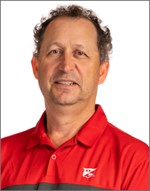 |
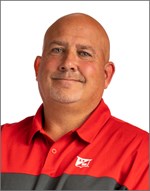 |
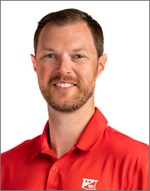 |
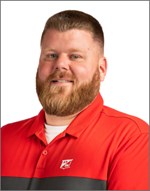 |
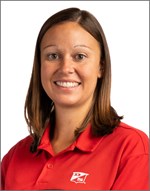 |
| Brian Weller Western Region 507.456.3034 |
Dan Ritter Central Region 219.863.0583 |
Branden Furseth Northern Region 608.513.4265 |
Mark Gibson Eastern Region 260.330.8968 |
Amanda Goffnett Eastern Region 989.400.3793 |
